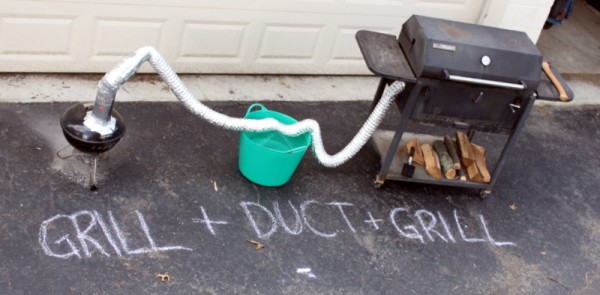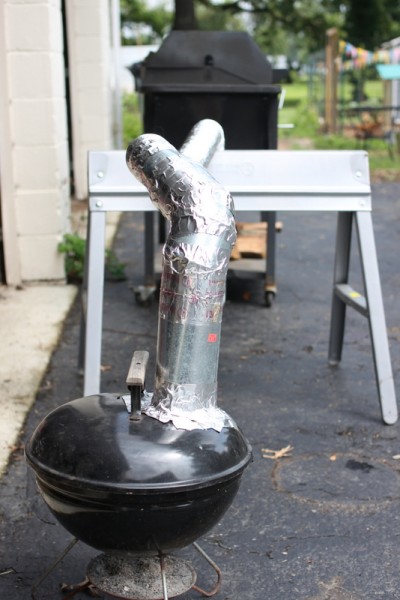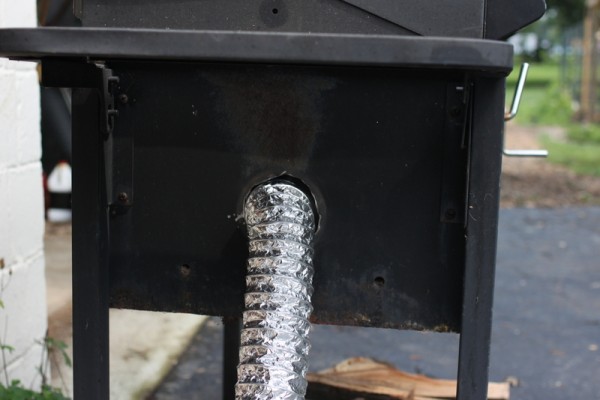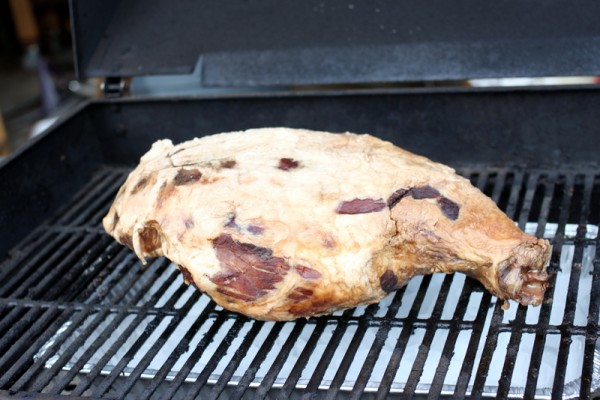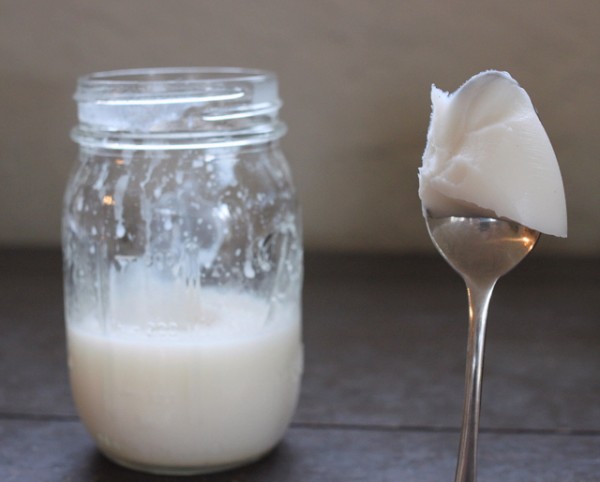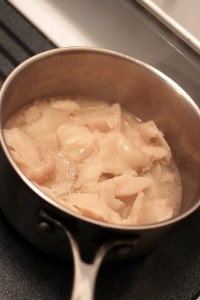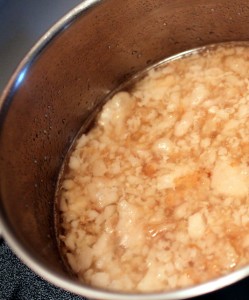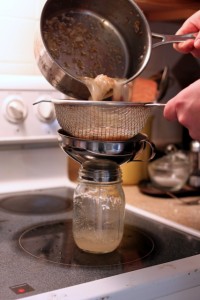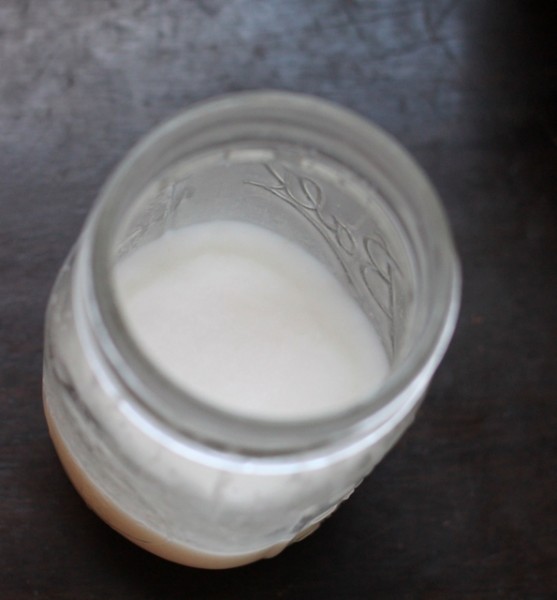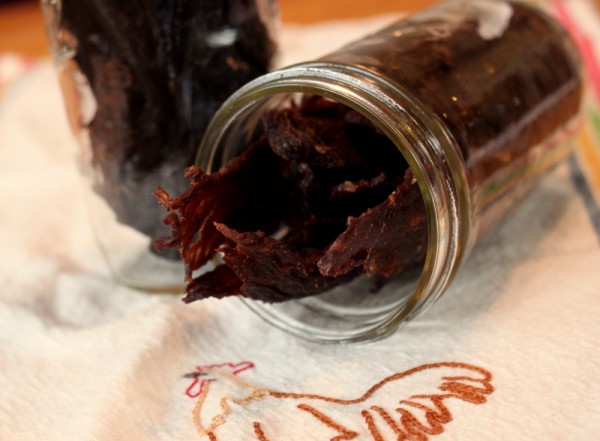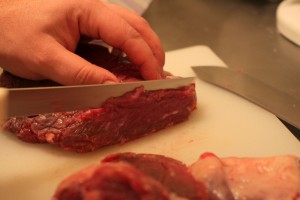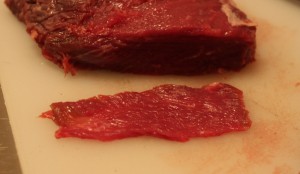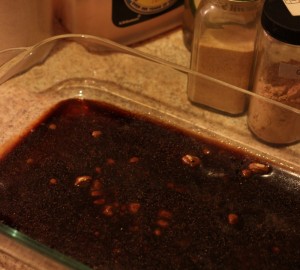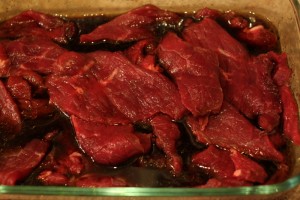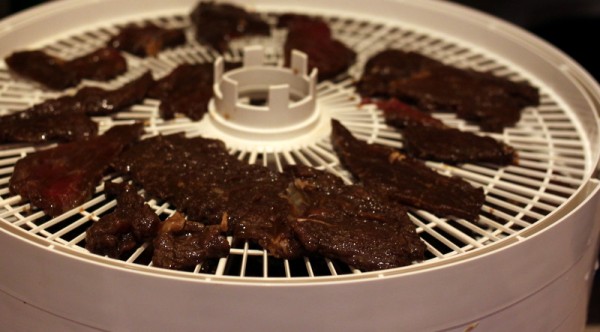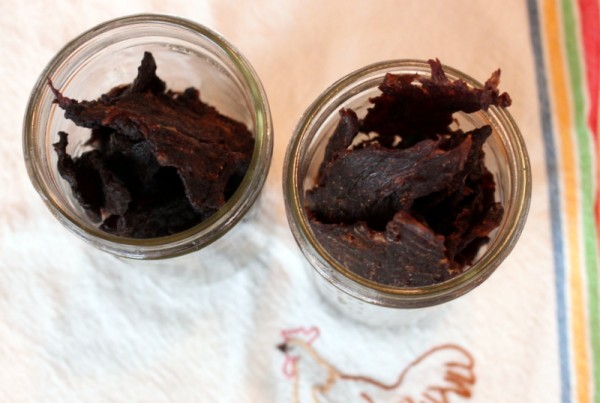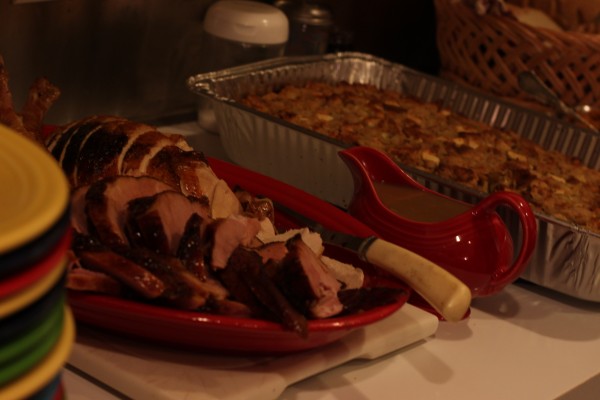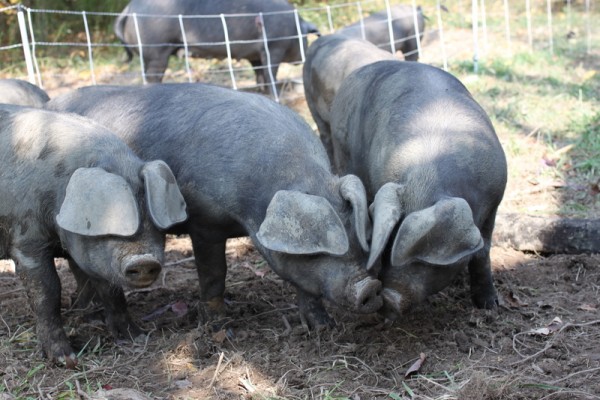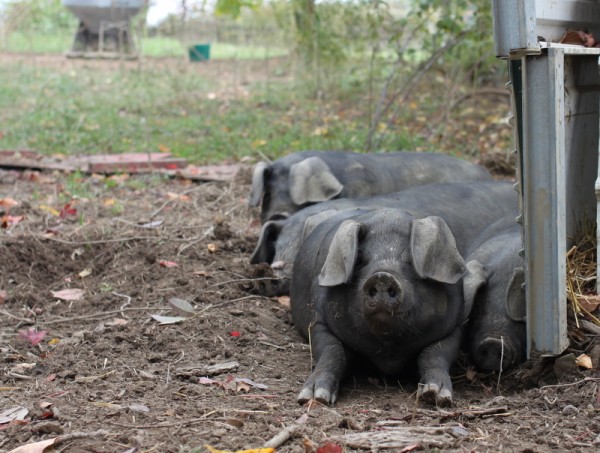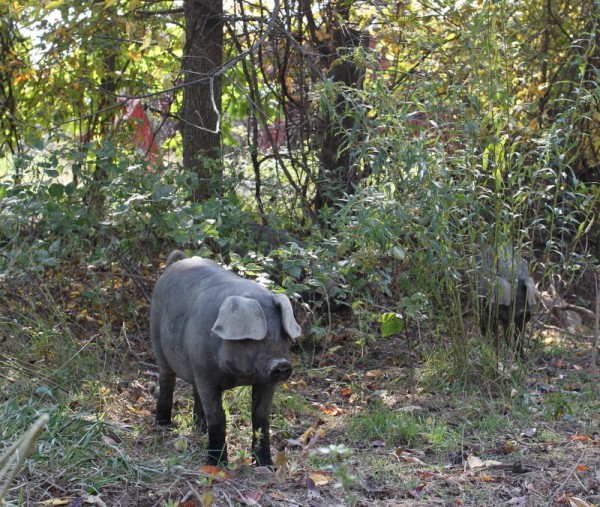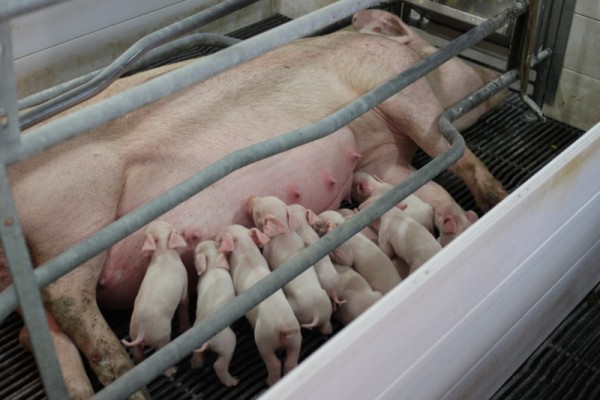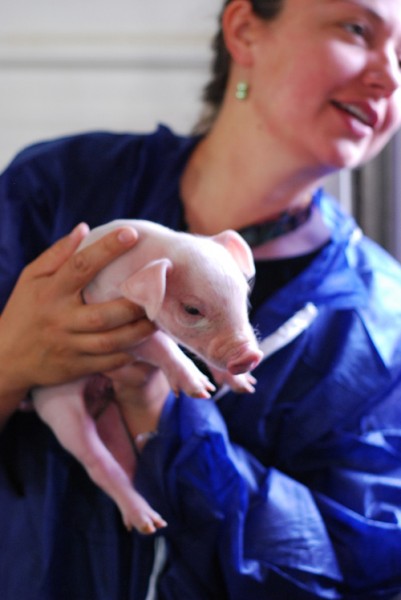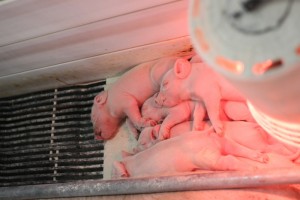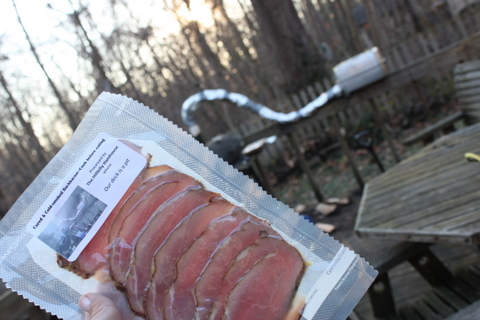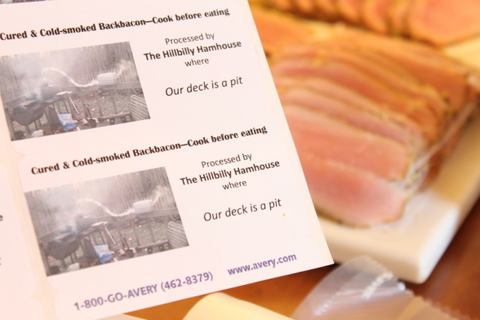Rachel's dad Mitch is contributing to the blog this week with his Mark Twain-esque story about making a hillbilly ham house. Start with Part 1 where he reasons out why to engage in the project. Today's part 2 reviews the construction process.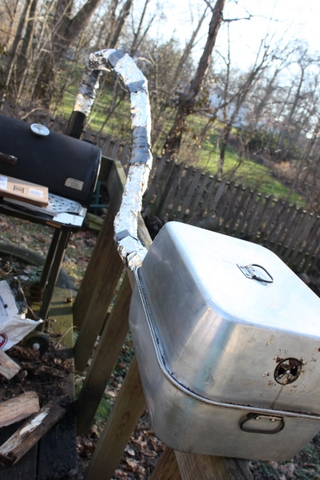 Fer me, makin’ Christmas presents has jest one rule—I gotta use stuff I got aroun’ the house. I’s not spose to go roun’ buyin’ special tools an’ such. But that ain’t no big thang aroun’ my place—I saves me ‘bout ennythin’ a body’d ever need. I figger one day my life’ll depend on me makin’ me a washin’ machine or somethin’ outta the scrapwood, sheetmetal, and electric motors lyin’ roun’, and I’ll be set.
Fer me, makin’ Christmas presents has jest one rule—I gotta use stuff I got aroun’ the house. I’s not spose to go roun’ buyin’ special tools an’ such. But that ain’t no big thang aroun’ my place—I saves me ‘bout ennythin’ a body’d ever need. I figger one day my life’ll depend on me makin’ me a washin’ machine or somethin’ outta the scrapwood, sheetmetal, and electric motors lyin’ roun’, and I’ll be set.
I already had me a durn good barbecue pit, so’s all’s I gone do was rig me up somethin’ to give that smoke fu’ther to go, a smoke-stack, to chill that smoke down, so i’d not be cookin’ that meat, but smokin’ it. Then I had to come up wi’ the house, somethin’ big enuf to lay the meat in, at t’other end.
For the stack, I’s thinkin’ I’d use me some o’ that CPVC tube I been savin’, fer when I put me in some indoor plumbin’. But I ain’t no dumbbell, whatever the little woman says, and I knowed that tube might likely melt, up near the pit end anyway. Plus, I done worked with that tube before, and turnin’ corners and glue and cuttin’ and all…sounded like more work than this ol’ briarhopper’s signin’ up fer. Then I lit on this ideer of usin’ tinfoil—it orta cool that smoke right quick, an’ I gots me a pile of it already—or the little woman do, anyway, an’ she won’ miss it.
That ol’ tinfoil tho’, I did ‘low it wouldn’t hold up by hisself. But I keeps chickenwire aroun’, jest in case I need to ketch me sum critters or whatnot, so’s I hacked me off a coupl hunks o’ that chickenwire and took to wrappin’ it roun’ a piece o’ that ol’ CPVC, for to get me that tee-yoobyoo-lahr shape on that chickenwire , don’t y’ know. Then I took an’ slid that ol’ chickenwire off that CPVC, slick as u please, and commenced to bendin’ it and crimpin’ it to itself, till I got me bout’ half the bend I was wantin’. I done that whol’ thang again with t’other hunk o’ that ol’ chickenwire, an’ I hooked them two pieces up together, crimpin’ them little hexie mesh bits down t’ each other, till I had me a tube lookin’ kinda like a P-trap under a sink (if I had me a sink, that is), maybe six feet long and ‘bout 3 or 4 inches wide.
I’s ‘bout ready to slap together some kinda box to be the hamhouse, mebbe some 1x2’s or 2x2’s knocked together and covered with more o’ that tinfoil, when my eyes lit on an ol’ roastin’ pan, ‘r box, ‘r whatever y’ call it, covered, sheet aluminum, a nice piece, what we’d not used in y’ars. Fact is, I’d bought it at a church ga-rage sale way back when, and the little woman never wanted to use it. It’s a big ol’ thing, only good for turkeys ‘r hams r such. Turns out when she cook them turkeys she likes to leave ‘m up open an’ uncovered most o’ the time anyway. Says she get better skin that way. Well, I reckon so. I sure gots no complaints where my vittles is concerned, I eats right good for an ol’ briar, so I’ll leave it up to her.
Ennyway I took me this ol’ covered roaster and figgered it’d finally get some use. The onliest problem I had was how to hook that there smokestack tube to this roastin’ box I had. I kept starin’ at that thang, wondering if I should maybe drill me some holes and’ hog ‘em out till they’s a big enough hole fer the stack, or mebbe try a hacksaw. I’s about ready to just beat on the thang with a hammer, that allus works good for most thangs.
Then I had me another ideer, and here’s whar another Christmas tradishyun come in—I allus have to borry some tools from my son-in-law Alex. Sometimes I even axe ‘im first ‘fore I takes ‘em. This time I stole a coupla hole saws. I chucked the bigger one—3 or 4 incher I dunno—and commenced to cuttin’ on the bottom of that roastin’ box.
Man I’ll tell you what, that steel cuttin’ tool went thru that aluminum like my ol’ clasp-knife slicin’ a sausage, and I was hummin’ and feelin’ good, like a pig in slop, why I’s just as pleased as I could be. Then that ol’ hole saw done cut thru on just a teeny little spot, and that drill she done grabbed that roastin’ pan and ripped it clean outta my hands. Yeah, I’m tellin’ y’ what, it like to busted my wrist-bones, right that, and that roastin’ box flew by my knee goin’ like sixty. I’s commencin’ to cussin’ a blue streak, an’ felt my ol’ wrist throbbin’ like I’d been muckin’ out stalls all day, but I picked him back up off that floor and I kep’ at it. That ol’ box, y’d think he was an ol’ catfish I’s guttin’, the way he shook and whined and twisted and bounced aroun’. Ennyway it did finally cut enough I could punch thru, an’ I had me the hole I’s wantin’.

Now it was time to hang this whole thang together so’s I could get to smokin’ me some meat. I wired that stack right up to the chimney pipe o’ that barbecue pit out on m’ back deck, and I lay that stack along the top of the deck rail. I snugged that hamhouse right up ag’in that ol’ chickenwire stack. I drilled me a few holes to take a few sheetmetal screws into that hamhouse, right up nex’ ter that hole I done cut out o’ it, like maybe at the 90-degree spots around the circle, about a quarter-inch from the hole. I wrestled that ol’ chickenwire stack thru the hole so’s I had an inch ‘r two of it stickin’ thru, and I bent it back like the bell on my ol’ pal Glenn’s trumpet, so’s I could screw it down to the hamhouse from the inside. I used a couple washers to glom onto that chickenwire a little better, but I di’n’t worry much bout it—it aint lak I’s fixin’ to put enny load on it, it ‘uz just to keep it hangin’ together..
Then that ol’ hamhouse wanted to move around. Yes it did, I sw’ar! It wuz gonna fall off the deck, or tip that good ol’ meat off into the woodpile or somethin’. I sw’ar that ol’ hamhouse, he ‘bout alive, the way he fought me and fought me…ennway, that deck what I’s workin’ on, the one on the back o’ my house? Well, it’s a downright tradgedy, is what it is, it’s so old and fallin’ apart, I figgered what’s one more mess on’t. I coulda done somethin’ purty like build me a nice OSB shelf on it—I done used that stuff to make that front door, don’t y’know, and it looks right nice there once I used a couple leftover cans o’ Rustoleum to cover up the saw marks. But that ol’ deck, it needs burned down or somethin’, and I ain’t about to spend time makin’ it look purty. Ennywho, to make a short story long, as it were, I just drilled a coupla more holes in the bottom of that hamhouse and jammed a coupla drywall screws right into the top rail o’ that ol’ deck, and thar he sat, tight down to that deck.
Then I commenced to wrappin’ that stack up with that tinfoil. I reckoned it’d cool’at smoke right down, and I foun’ out later I warn’t wrong on that too. I wrapped a few spots what looked like they’d leak some with that briarhopper band-aid, duct tape, but I warn’t too worried bout’t. In fact, I’s worry’tin about the fire gettin’ enuf draft, is what I was worry’tin about. I had it figgered if it wouldn’ draft good, I’d just rig me up a fan outta one o’ them ol’ cornpewters I keep lyin’ around fer just that reason, but I’s still a lazy ol’ hillbilly and I’s happy to leave that off if I could, and a few leaks here and there would help her to draft good, I figgered.

An’ so it was, in th’end—one I had her all wired up I started a fire in th’ ol’ pit, and sure enuf, she drew just fine. That hillbilly hamhouse, she filled up with smoke till it’d make yer eyes water, I sw’ar. Last thang I did wasta take and put in a couple ol’ short jelly glasses in the bottom o’ that ol’ hamhouse. I reckoned that meat needed to be up high in the house where all that smoke’d be, so them glasses raised the rack I up off the floor o’ that hamhouse. Turns out them glasses kep’ the meat up out o’ the juice and funk what drip down and collect on the bottom of her, too, which I hadn’t thunk of, but I didn’t let on that when I’s showin’ off to my fambly; it jest look like I’d been knowin’ that all along, an’ a man in my condition don’t need to be givin’ his fambly more ammunition when it come to pokin’ fun at ol’ Dad, y’see..
Tomorrow, the conclusion of the hillbilly ham house hootenanny: smoked meat!

